A book with the hidden history of the world, a grimoire with dark rituals capable of destroying life, a book with knowledge so extensive and complex that those who read it lose their reason almost instantly. These are some of the qualities attributed to the mythical book of the Necronomicon, a book known for the work of H. P. Lovecraft.

Lovecraft related in letters that this book had been invented by him and that it did not exist, but since then, many people have believed that they have clues in Lovecraft’s work that refer to what really exists and what he said. otherwise to keep their secrets, that’s why here we will tell everything that is known about that mythical work.
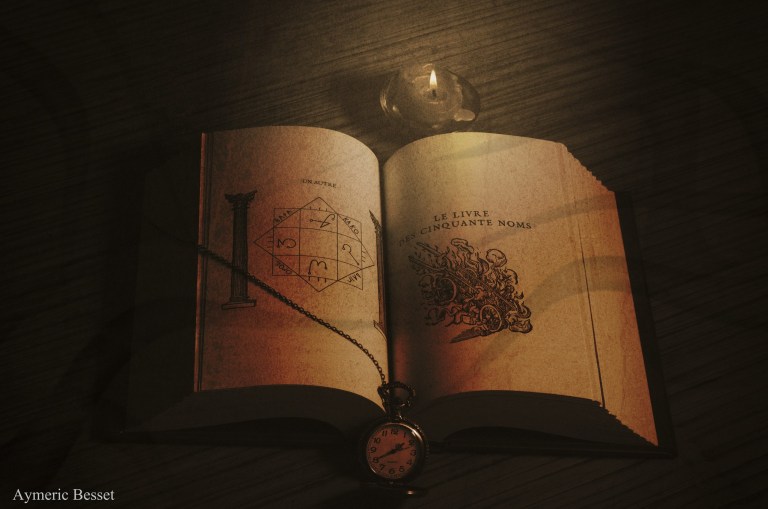
The first time that this book is spoken is in Lovecraft’s story, The Bloodhound, from 1922 and a year before, in the story of The City without a Name, there is talk of its supposed author: Abdul Alhazred. Of the latter it is known that it was a name invented by Lovecraft, however there are many theories about the real authors who could have written the terrible text in reality.

For while Lovecraft himself claimed that it was a name derived from the contraction of Abdul All Has Read (the one who has read it all), many believe that it actually refers to the astrologer and writer Abu Ale al-Hasan, or the Jewish mystic Alhazen Ben Joseph. Many others think that it was Ibn al-Rawandi, a scholar and adventurer who supposedly came to live in the lost city of Iram, where he was able to obtain all the arcane knowledge.
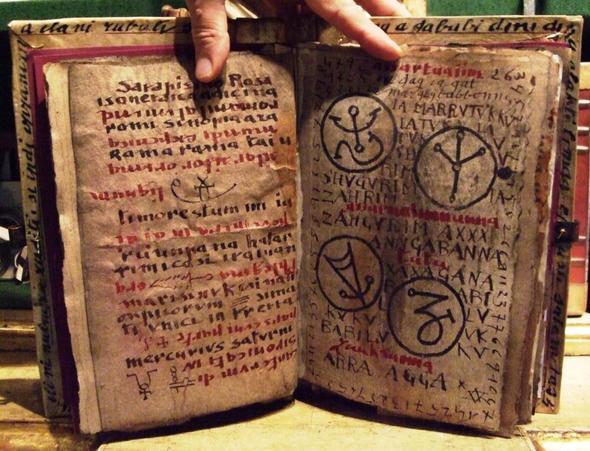
But once getting into the history of the book, you know (or think you know) the following data: The Necronomicon was written in the year 730 AD. by the Arabic poet and demonologist Abdul Alhazred, who titled the book as Kitab Al-Azif or The Rumor of the Insects at Night, sound that Arabic folklore attributes to demons like the djins and gules.
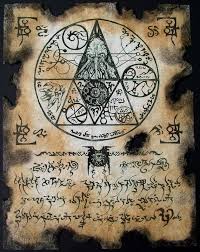
According to the story, Alhazred died in 738 AD. torn and devoured in broad daylight in a market by an invisible being. The one who compiled his research was an Iranian scholar named Ibn Khallikan, who is known to have been someone who really existed. Then it was translated by Theodorus Philetas, a supposed monk who was the person who gave him the name that we all know today: The Necronomicon.

The latter is said to have also been invented, and unlike Abdul is not known of any possible real person. However, it is said that both versions disappeared, and that those supposedly kept today come from a copy in Latin, made by a Dominican father named Olaius Wormius, who existed and was a doctor and antiquarian in the sixteenth century.
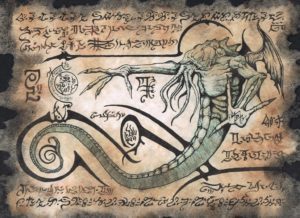
Later, the Catholic Church prohibited the distribution of copies of the cursed text, but despite this, some Spanish and German printers managed to distribute some, which are presumed to be currently in the library of Harvard University, guarded in a safe; another in the National Library of Paris; another at the University of Buenos Aires, this according to the technical files of the book that can be found in those archives, but no matter how hard you look, according to those who have visited the libraries, you will never find it.
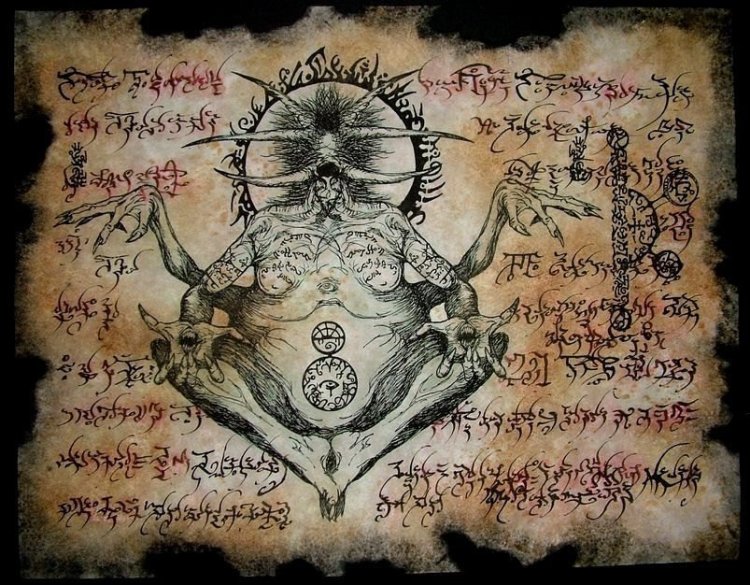
This combination of places and real characters together with others taken from Lovecraft’s fiction makes it very complicated to know to what extent it is real or fiction, although with time there have been data and rumors that are easily identified as false, such as the happy The book is covered by human skin, which is impossible to know since Lovecraft never makes a description of the book in question.
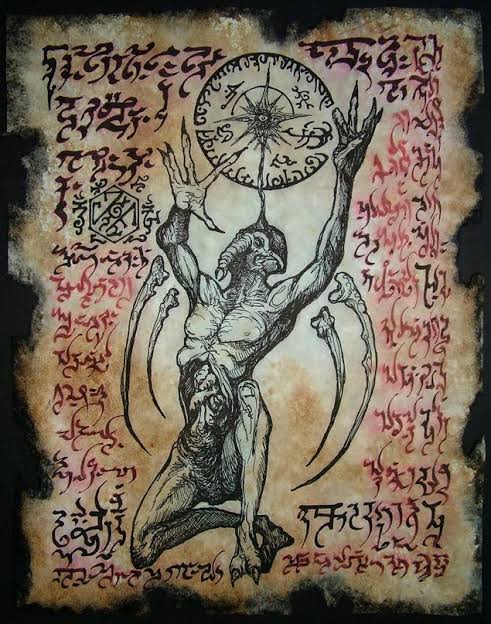
What is not strange is that alleged copies of the necronomicon have come to light, as in the 1973 case in which Owlswick Press published a supposed version of the book, based on certain manuscripts. Or a version written by a certain Simon, without anyone knowing who it is. There are even those who say that the famous Voynich Codex is really a Necronomicon in disguise.
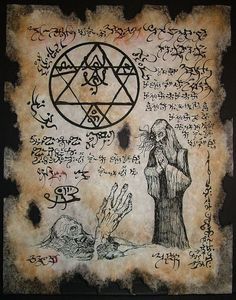
Today it is not strange to find supposed copies on the internet, but for all the followers of the unknown book, all are clearly false, even though they have never seen the original copy, so, whether real or imaginary, the book of the Necronomicon has been and it will be an inexhaustible source of mystery and mysticism.
